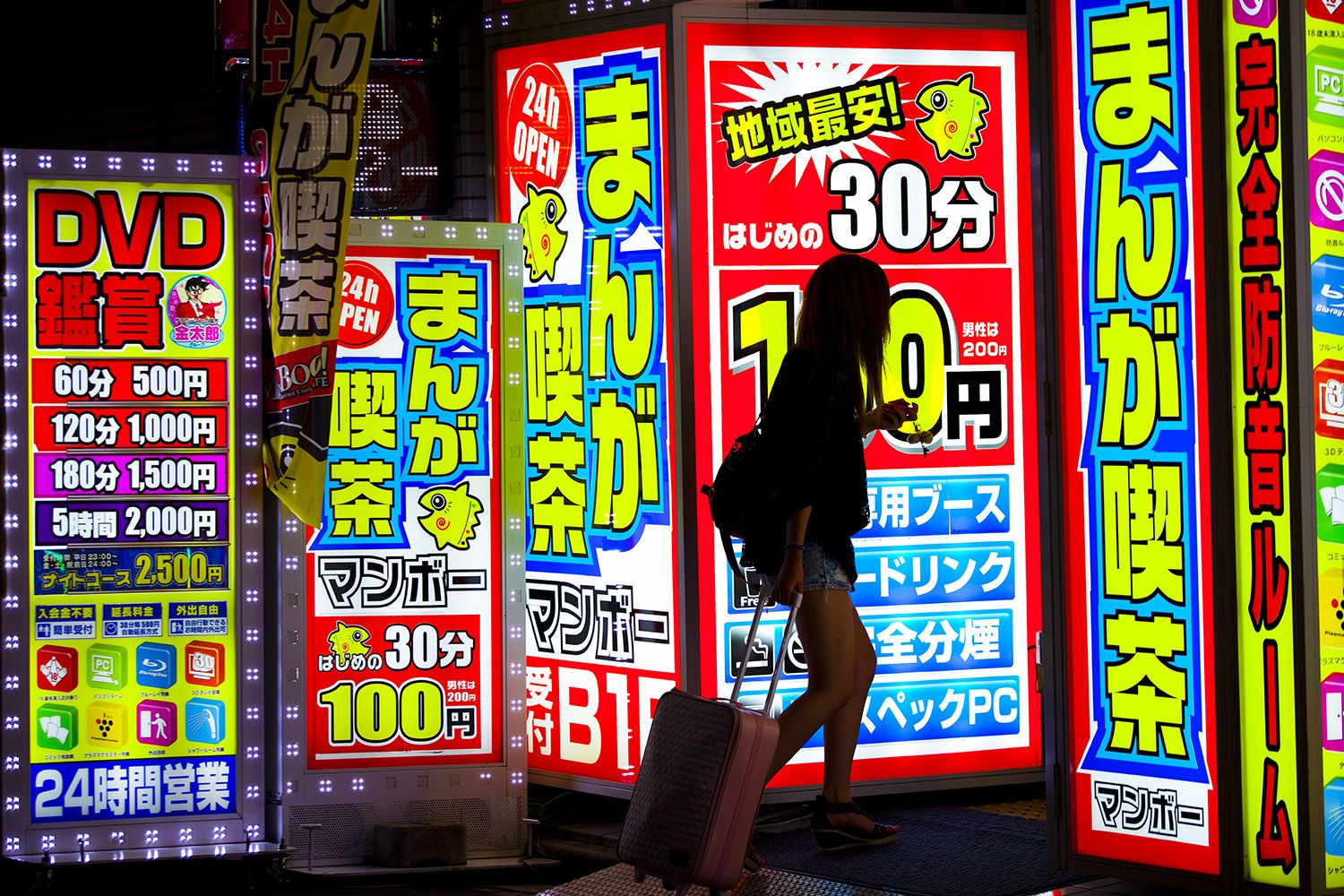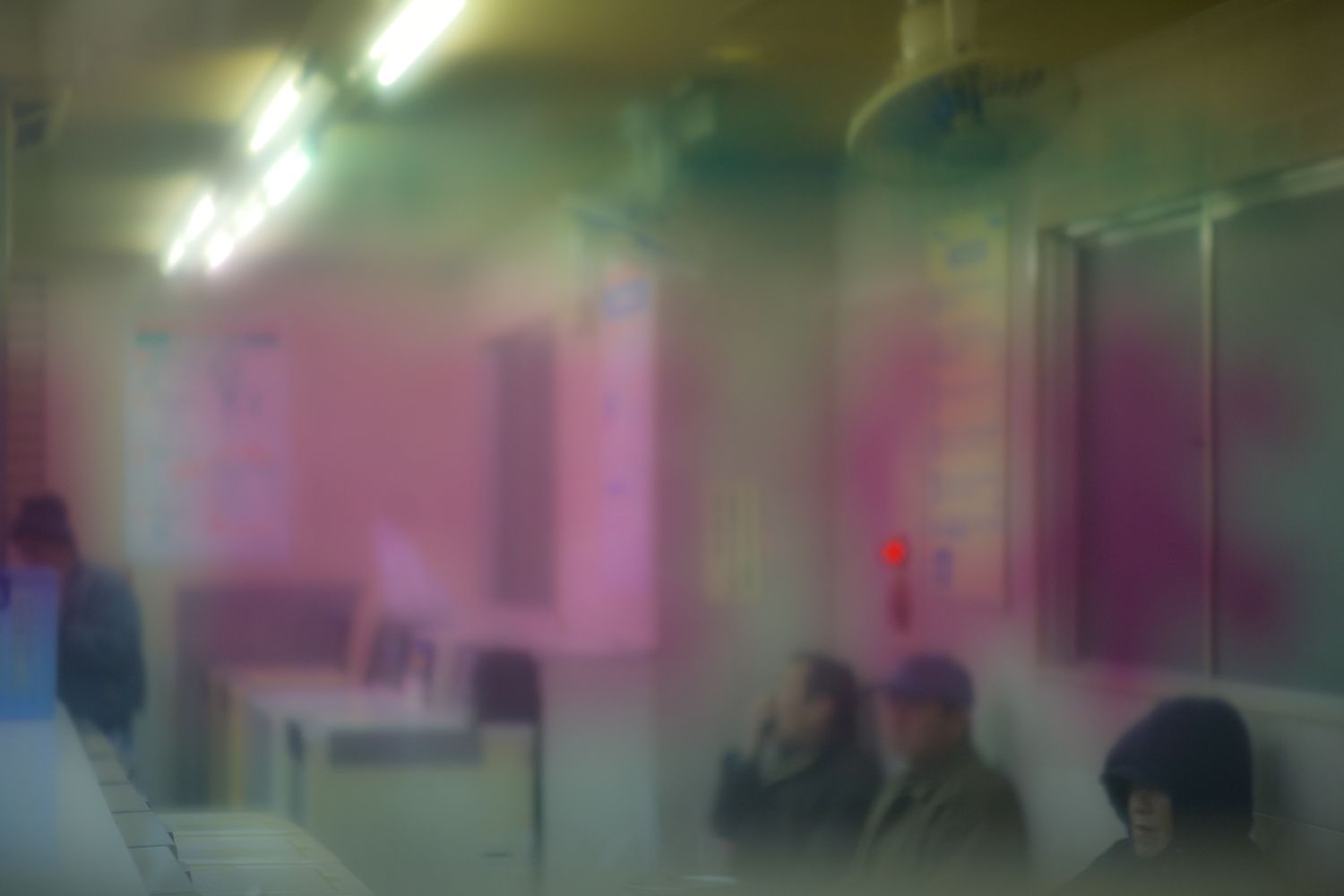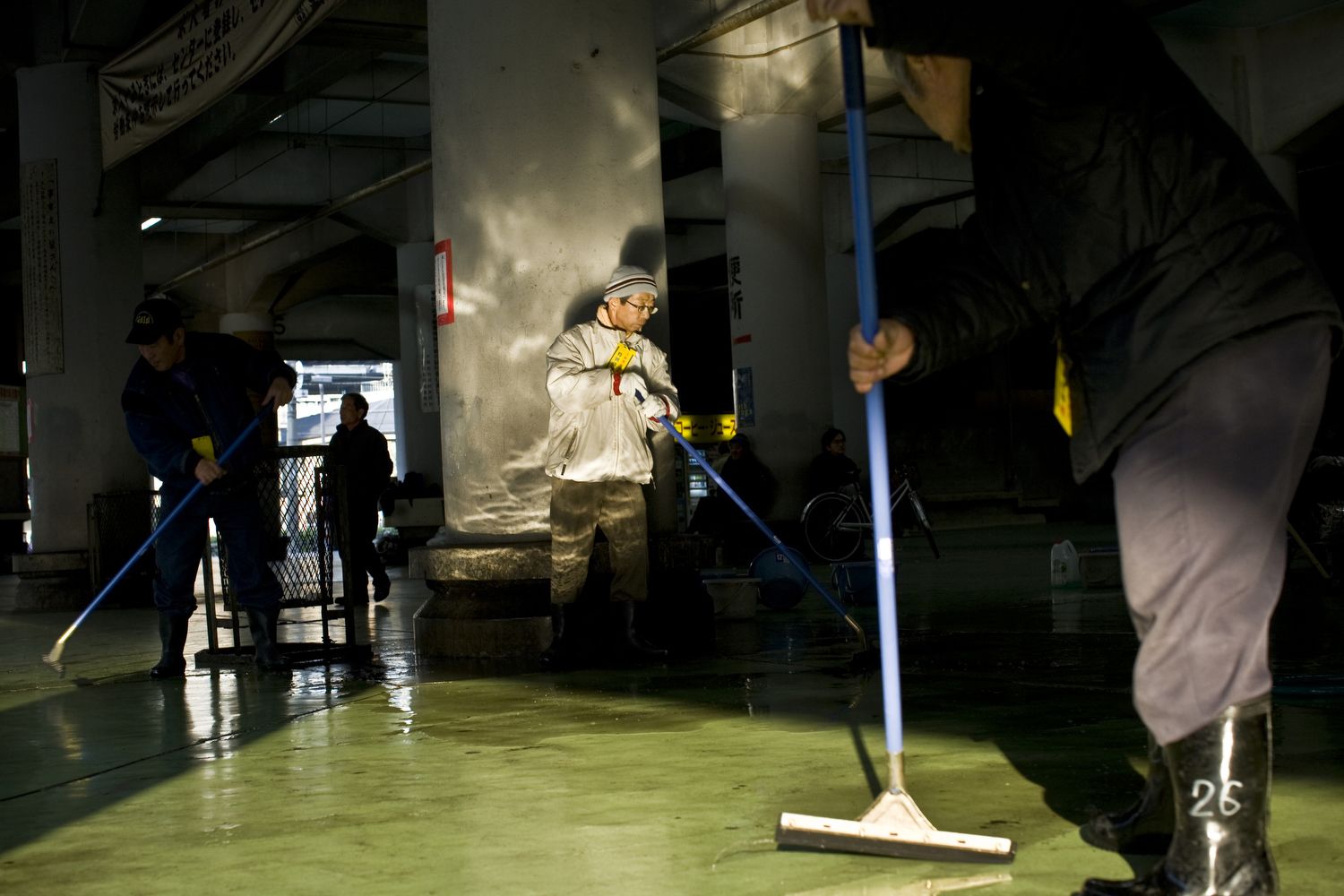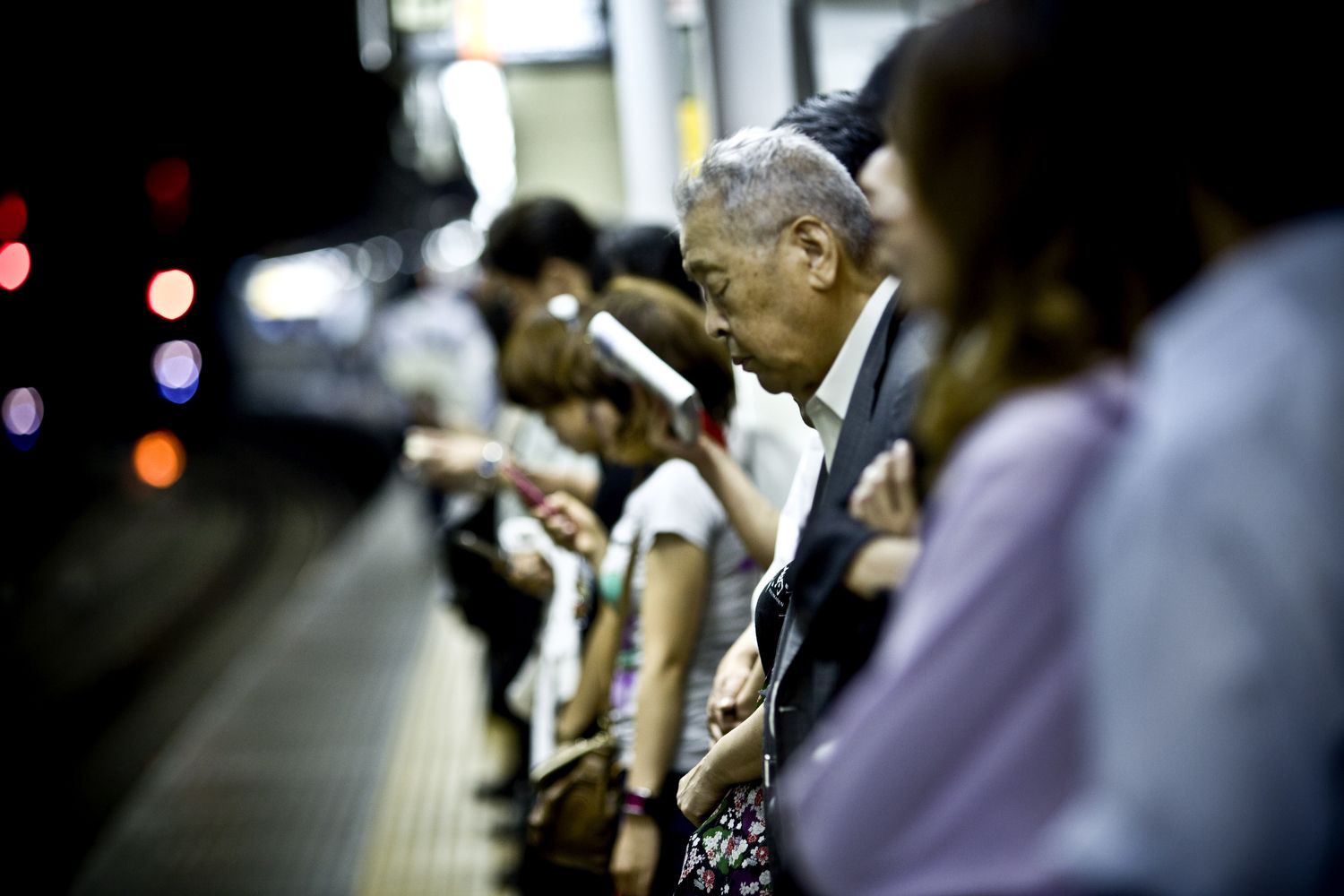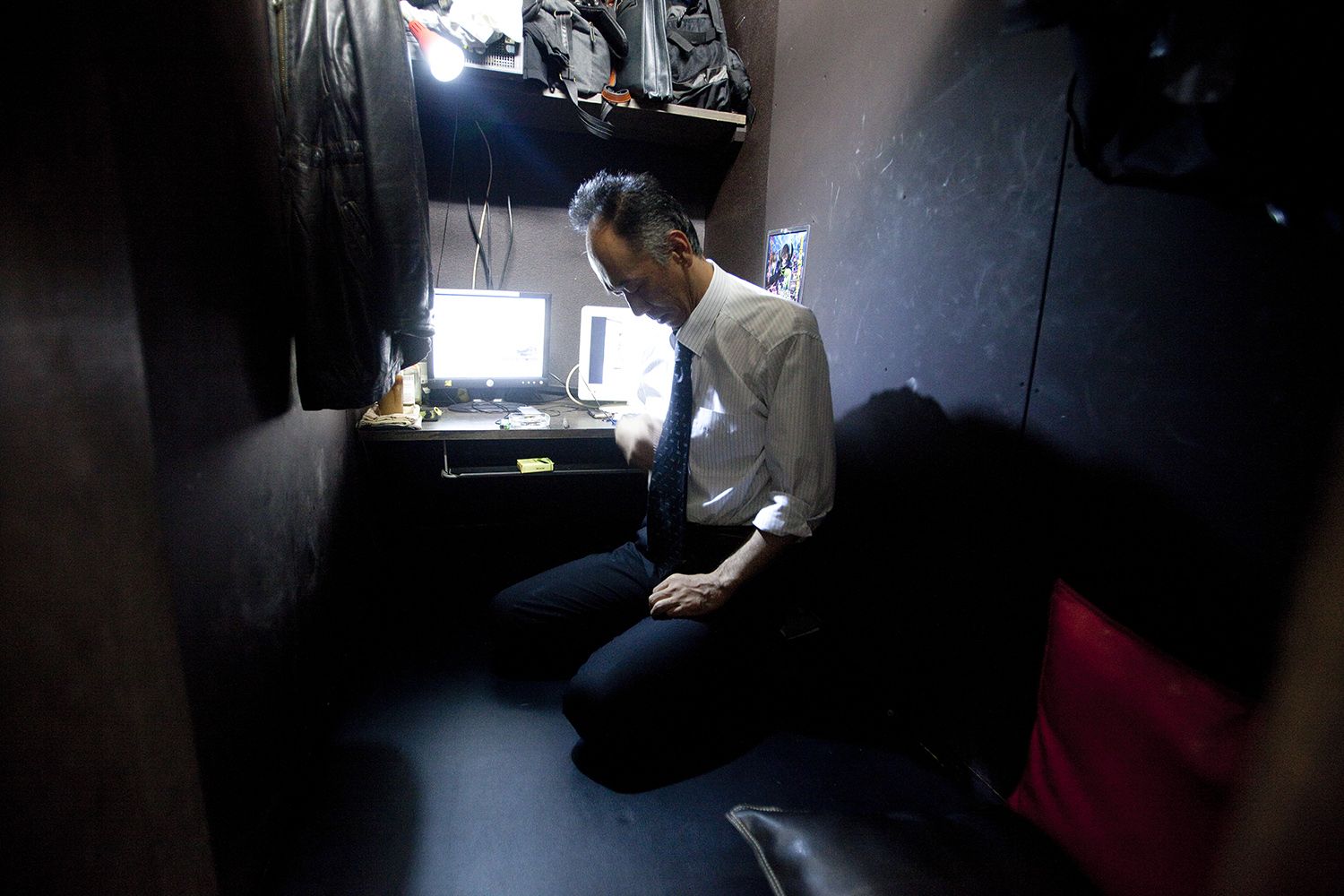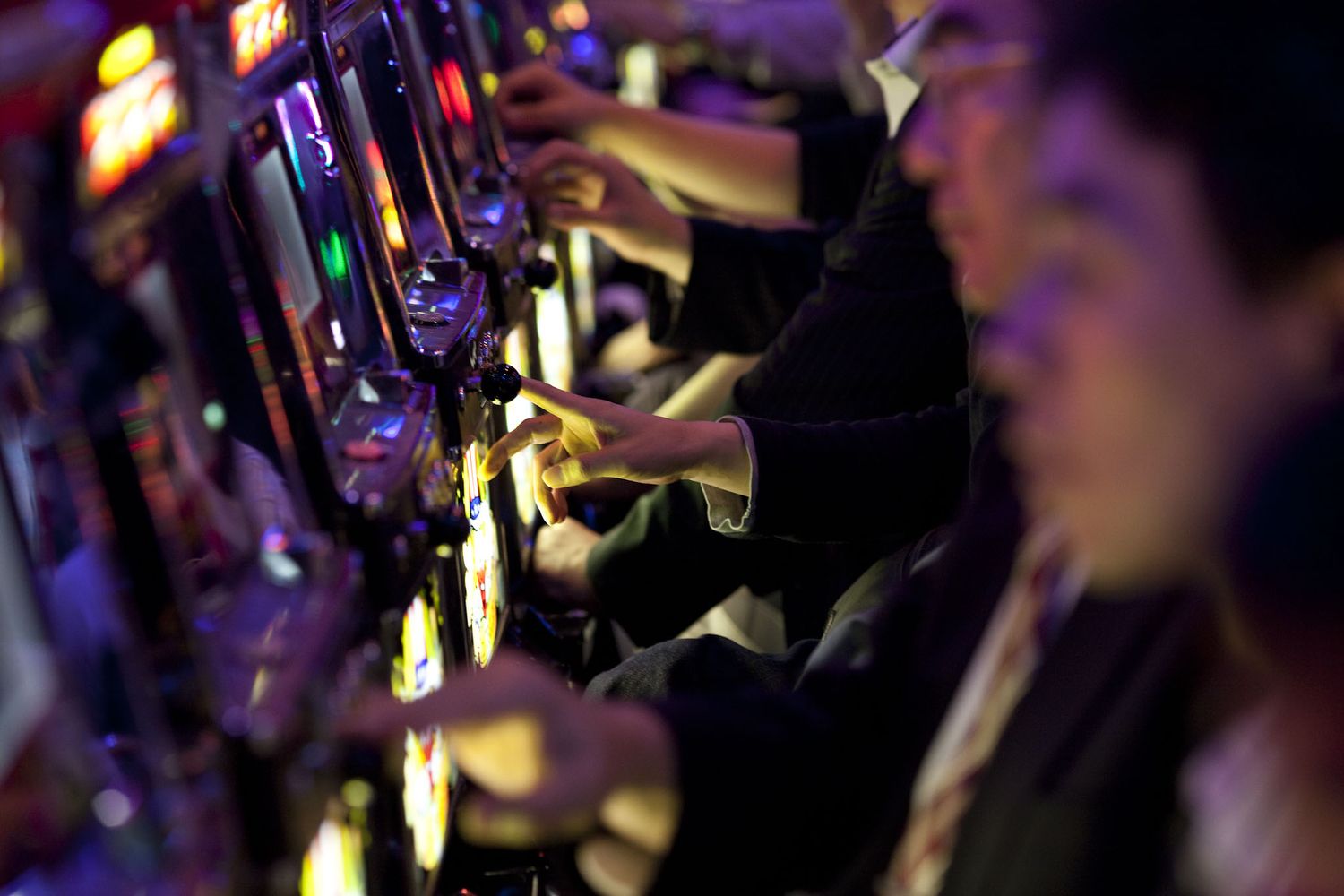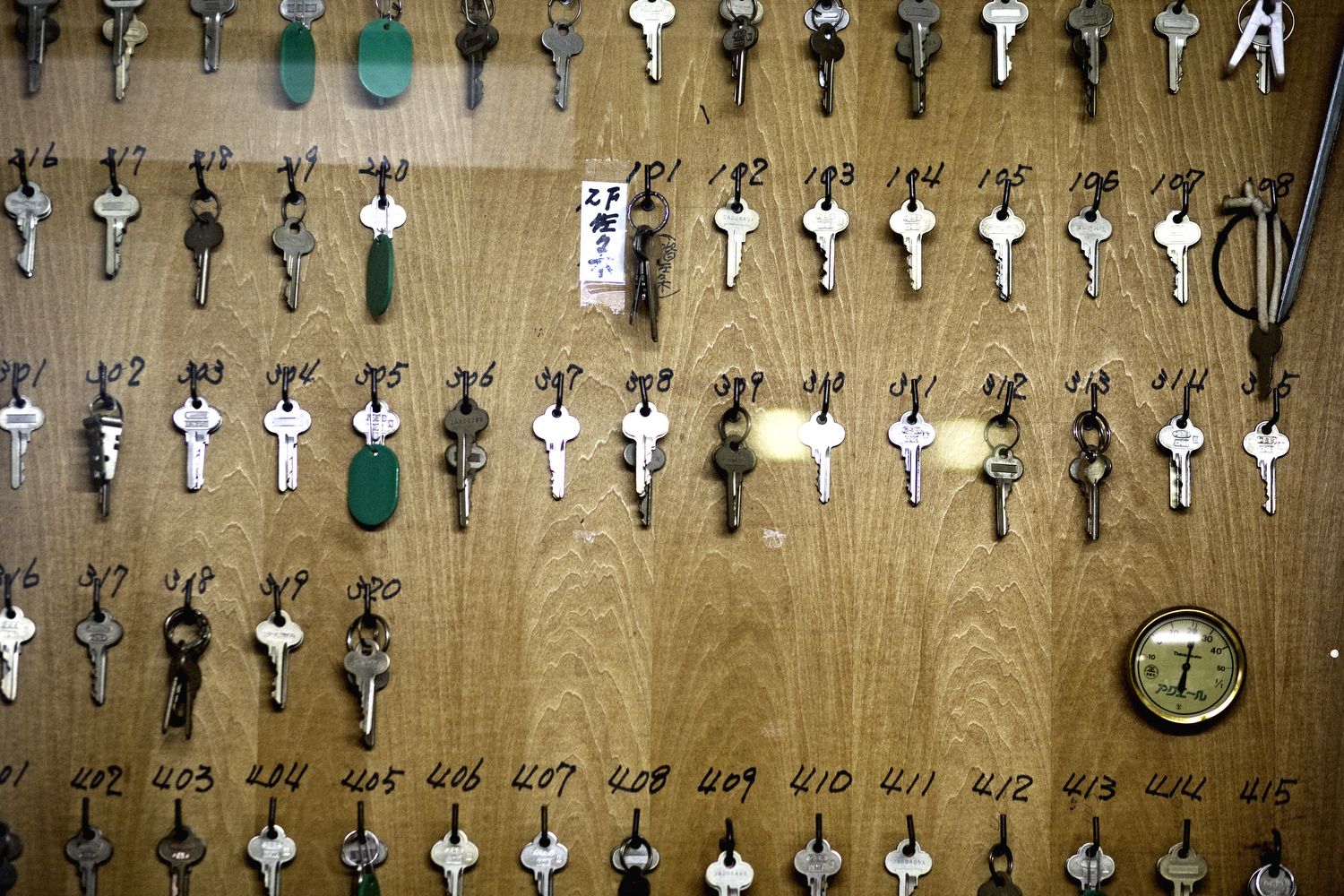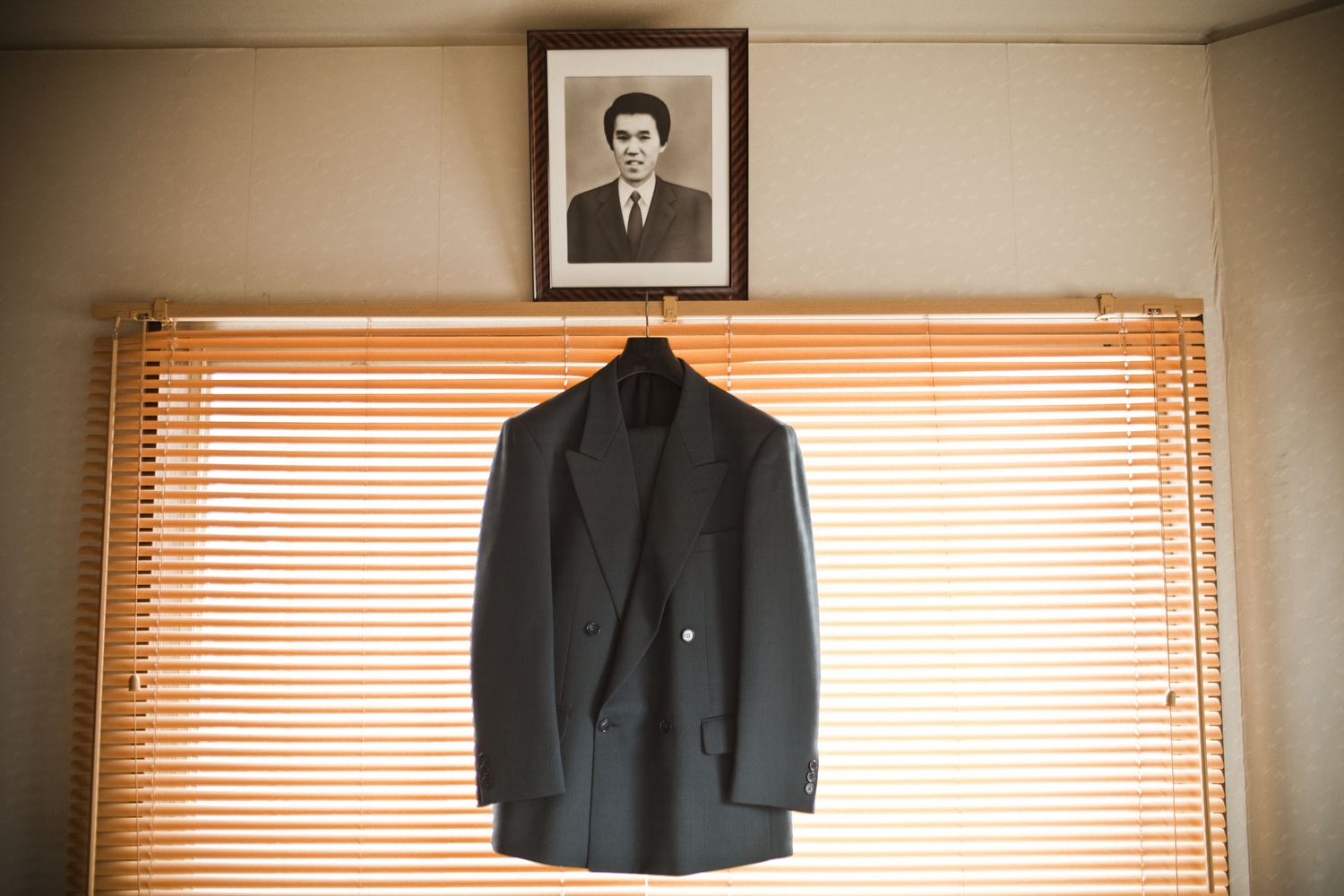December 14, 2012 | The New Yorker
On Sunday, Japan will hold a national election that is likely to result in yet another new Prime Minister—the country’s seventh in the six years since Junichiro Koizumi resigned, in 2006. As Japan gropes for a way to deal with its problems—a prolonged recession, a leaderless political system, the fallout from the Fukushima nuclear disaster, and a rapidly aging population that the economy struggles to support—the photographer Shiho Fukada has been looking at the symbiotic relationship between Japan’s current political turmoil and its unemployment crisis.
Read more

